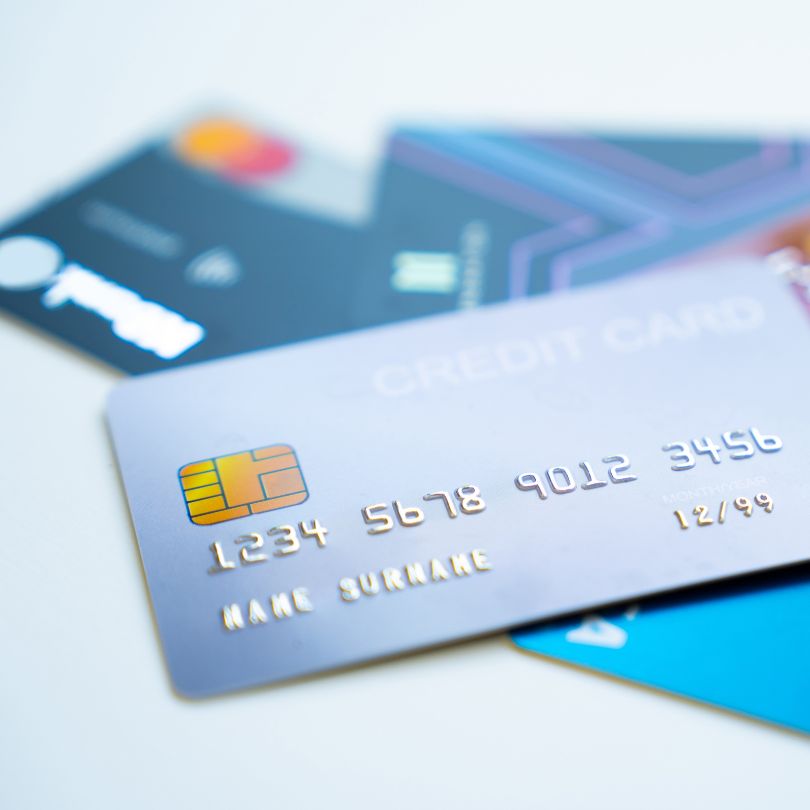
Debt is an integral part of modern financial life. From purchasing homes to funding education, borrowing money enables individuals to achieve goals that might otherwise be out of reach. However, not all debt is created equal. Understanding the distinction between good debt and bad debt is crucial for maintaining financial health and achieving long-term objectives.
What is Good Debt?
Good debt refers to borrowing that contributes positively to your financial future. It's typically characterized by:
- Potential to Increase Net Worth: Investments that may appreciate over time.
- Income Generation: Opportunities that can lead to higher earnings.
- Manageable Interest Rates: Loans with reasonable terms that don't strain your finances.
Examples of Good Debt
- Mortgages
- Purchasing a home is often considered good debt. Real estate can appreciate over time, building equity and potentially yielding a profit upon sale. Additionally, mortgage interest payments may be tax-deductible, offering further financial benefits.
- Student Loans
- Investing in education can enhance career prospects and increase earning potential. Student loans often come with lower interest rates and flexible repayment terms, making them a viable tool for financing higher education.
- Small Business Loans
- Borrowing to start or expand a business can be advantageous if the venture succeeds, leading to increased income and financial stability. However, it's essential to assess the business plan's viability and potential return on investment.
- Home Equity Loans
- Leveraging the equity in your home for improvements can increase property value. When used responsibly, these loans can be a strategic way to finance renovations that enhance your home's worth.
What is Bad Debt?
Bad debt involves borrowing for items or experiences that don't generate income or appreciate in value. Characteristics include:
- High-Interest Rates: Loans that accrue interest rapidly, increasing the total repayment amount.
- Depreciating Assets: Purchases that lose value over time.
- Lack of Income Generation: Debt that doesn't contribute to future earnings.
Examples of Bad Debt
- Credit Card Debt
- Credit cards often carry high-interest rates, especially when balances aren't paid in full monthly. Using credit for everyday expenses without a repayment plan can lead to escalating debt that's difficult to manage.
- Payday Loans
- These short-term loans are notorious for exorbitant interest rates and fees, often trapping borrowers in a cycle of debt. They should be avoided whenever possible.
- Auto Loans for Luxury Vehicles
- Financing expensive cars that depreciate quickly can be detrimental, especially if the loan terms are unfavorable. Unlike homes, vehicles lose value over time, making such loans less advantageous.
- Consumer Goods and Vacations
- Using borrowed money for non-essential items or experiences that don't retain value or generate income can lead to financial strain without offering future financial benefits.
Gray Areas: When Good Debt Turns Bad
Certain debts can straddle the line between good and bad, depending on how they're managed:
- Student Loans: While generally considered good debt, borrowing excessively for a degree with limited earning potential can lead to financial hardship.
- Mortgages: Overextending on a home purchase beyond one's means can transform a typically good debt into a financial burden.
- Auto Loans: Financing a necessary vehicle can be justifiable, but choosing terms that align with your budget is crucial to prevent it from becoming bad debt.
Strategies for Managing Debt Wisely
To maintain a healthy financial profile, consider the following strategies:
- Assess Necessity and Return on Investment
- Before taking on debt, evaluate whether the purchase is essential and if it will contribute positively to your financial future.
- Understand Loan Terms
- Scrutinize interest rates, repayment schedules, and any associated fees. Opt for loans with terms that align with your financial capabilities.
- Prioritize High-Interest Debt
- Focus on paying off debts with the highest interest rates first to minimize overall interest payments.
- Maintain a Budget
- Establish and adhere to a budget that accounts for debt repayments, ensuring you live within your means and avoid unnecessary borrowing.
- Seek Professional Advice
- Consult financial advisors to develop a debt management plan tailored to your situation, especially if you're struggling with multiple debts.
Debt, when used strategically, can be a powerful tool for achieving personal and financial goals. Distinguishing between good and bad debt involves assessing the purpose of borrowing, the potential for return on investment, and the terms of repayment. By making informed decisions and managing debt responsibly, you can leverage borrowing to enhance your financial well-being and secure a prosperous future.
